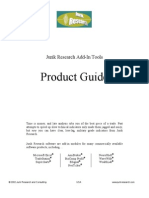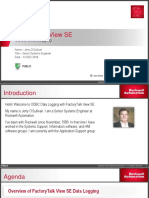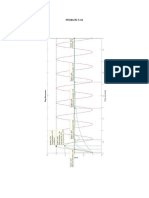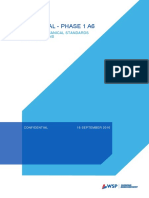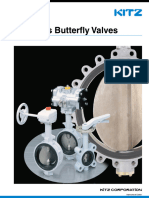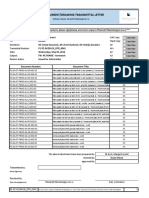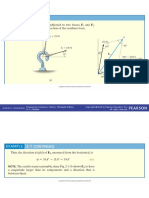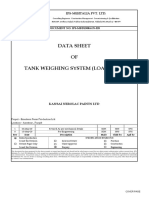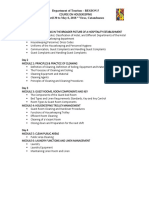0% found this document useful (0 votes)
19 views46 pagesDifferential Protection
The document discusses busbar protection, highlighting its importance in quickly clearing faults and minimizing system disruption compared to systems without such protection. It outlines the causes of busbar faults and emphasizes the need for reliable, stable, discriminating, and fast protection methods. Various protection methods are mentioned, including differential protection and the use of isolator auxiliary switches for effective fault management.
Uploaded by
Anshuman SinghCopyright
© © All Rights Reserved
We take content rights seriously. If you suspect this is your content, claim it here.
Available Formats
Download as PDF, TXT or read online on Scribd
0% found this document useful (0 votes)
19 views46 pagesDifferential Protection
The document discusses busbar protection, highlighting its importance in quickly clearing faults and minimizing system disruption compared to systems without such protection. It outlines the causes of busbar faults and emphasizes the need for reliable, stable, discriminating, and fast protection methods. Various protection methods are mentioned, including differential protection and the use of isolator auxiliary switches for effective fault management.
Uploaded by
Anshuman SinghCopyright
© © All Rights Reserved
We take content rights seriously. If you suspect this is your content, claim it here.
Available Formats
Download as PDF, TXT or read online on Scribd
/ 46















































